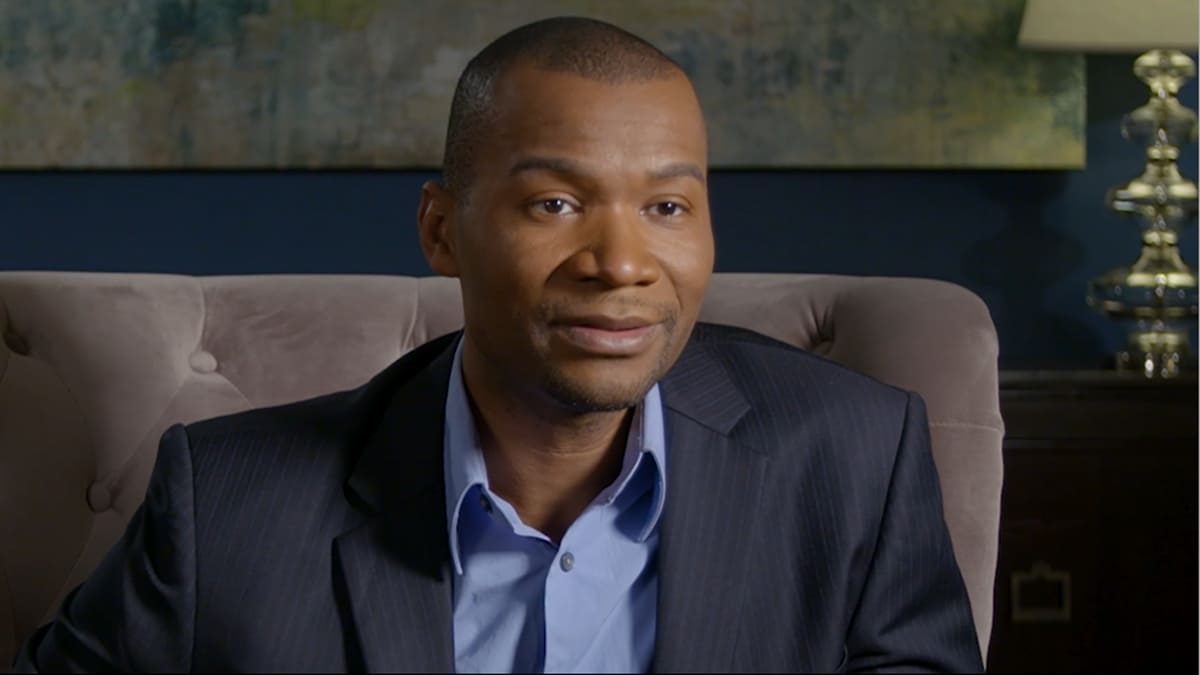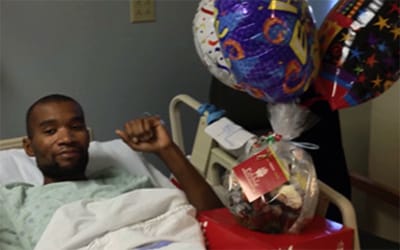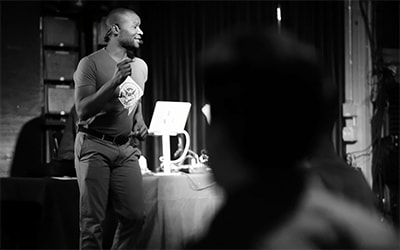Key points
Shaka, a tuberculosis (TB) survivor, shares his experience being diagnosed and treated for disseminated TB disease, which means TB had spread to other parts of his body beyond the lungs.

Shaka's story
At first Shaka thought he had the flu. He had chills, was tired all the time, and had no appetite. After almost a month of night sweats, chest pain, persistent cough, and losing about 30 pounds, Shaka knew something was really wrong, and went to the doctor.
"I took out a picture that was taken the year before. And he looked at the picture, and he said, 'Who is that?' And I said that's me. And then he said, 'When was that?' And I said this is how I looked 30 days ago. That was when he knew that I was really, really sick," Shaka recalls. He was given some antibiotics and went home.
Diagnosis
After several more weeks of doctor visits and exams, and worsening symptoms, he was admitted to the hospital. Eventually he was diagnosed with active TB disease.
“And they came to me, and they said, we think you have tuberculosis. While I was laying there on the stretcher, I laughed as best that I could and told them that nobody gets tuberculosis. And they said, well, we think you have it,” says Shaka.
He soon learned that he had disseminated TB disease, which meant TB had spread to other parts of his body beyond the lungs.
TB usually affects the lungs. TB can also affect other parts of the body, such as the brain, the kidneys, or the spine. TB can also affect multiple parts of the body at the same time. For example, TB can affect both the lungs and lymph nodes.
"You're lucky if it's just in your lungs, if that makes any sense. Because once it gets out into your body, it can go any and everywhere," explains Shaka.

Treatment
He was relieved to know that all his symptoms could be traced back to one thing – tuberculosis. "The doctor told me that the worst part is behind me, and now I was going to start getting better," Shaka recalls.
Although he was relieved to have a diagnosis, Shaka soon began to struggle with a difficult treatment process. "There's a lot of drugs, a whole lot of drugs to take. I ended up having like 17 pills each day. It was kind of like going to school, where you just hope that there's like an emergency at school or a snow day, or just something that you just don't have to get them that day. And those days never happen. They kept coming," says Shaka.
Shaka's message
Friends and family visited Shaka in the hospital during his recovery. They often asked him questions about TB and his treatment. Shaka researched and read about TB and asked his health care team lots of questions. Before long, he was able to use what he learned to educate family and friends about TB.
"Explaining it over and over and over, I got a chance to understand it more and it, you know, it made it more exciting for me to talk about it," Shaka remembers.
Since recovering from TB disease, Shaka has worked as a TB advocate with We Are TB to raise awareness and support others with TB. His message to those recently diagnosed with TB disease is "it can be very scary, but there is a cure."

"I want folks to be aware of TB and know that it's something that we're prepared to deal with, and that we can do things about it," Shaka says.
